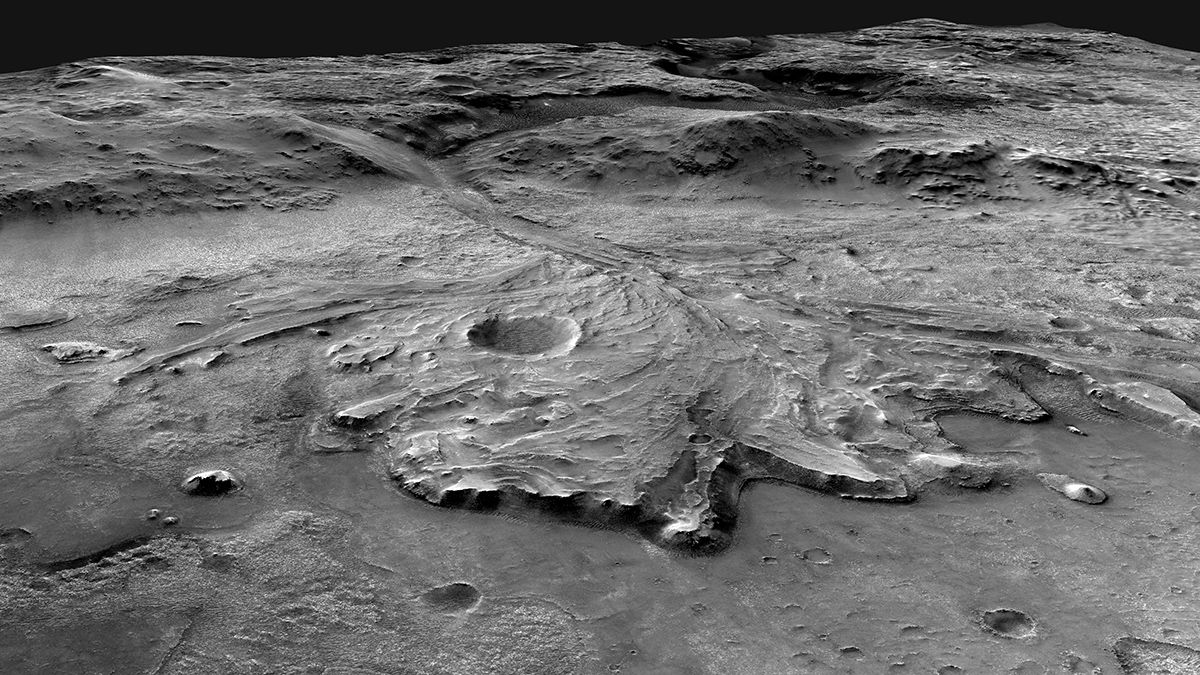The first mission to a metallic asteroid, scheduled for launch on 5 October, could provide clues to the formation of Earth and the solar system’s other inner planets.
NASA
A Lunar Mission Spots Its Failed Brethren
Data from NASA’s Lunar Reconnaissance Orbiter have been instrumental in pinpointing where other Moon-bound spacecraft have crashed.
Ancient Mars May Have Had a Cyclical Climate
Hexagonal structures in sediments are evidence of repeated wet and dry conditions on the Red Planet.
James Webb Space Telescope Captures Saturn’s Changing Seasons
Unprecedented images reveal how Saturn’s atmosphere is evolving as summertime winds down in its northern hemisphere.
Uranus: Time to Boldly Go
Scientists say now is the time to unlock the secrets of Uranus and suggest a low-cost, low-risk way to do so.
There and Back Again: Asteroid Samples Return to Earth
OSIRIS-REx will help reveal Bennu’s detailed carbon chemistry and history of space weathering and unlock a key piece of the solar system’s early history.
Optimizing Carbonate Classification on Mars
Combining data from several of the Perseverance rover’s spectroscopic sensors offers a more accurate means to classify carbonate minerals that may hold hints of ancient life.
More Than Half the World’s Ocean Surface Is Getting Greener
Advances in data analysis help researchers spot shifting ocean colors, which could be associated with climate change.
The Nitty-Gritty Forces That Shape Planetary Surfaces
Scientists are coming up with ingenious ways to compare terrestrial sand dunes, dust storms, and rain with their counterparts on Mars and Titan.
Saturn’s Shiny Rings May Be Pretty Young
The rings are fairly shiny despite being bombarded by dust, indicating that they haven’t been around for very long.










